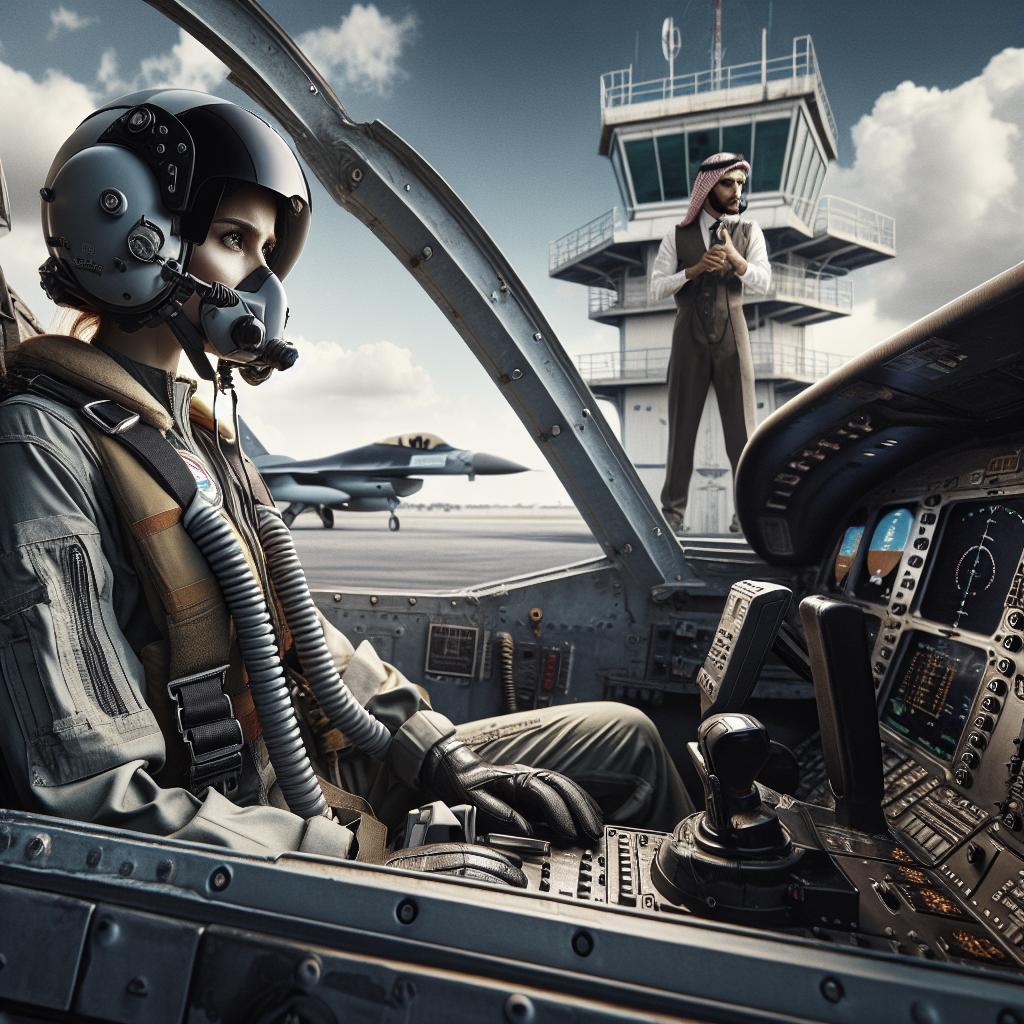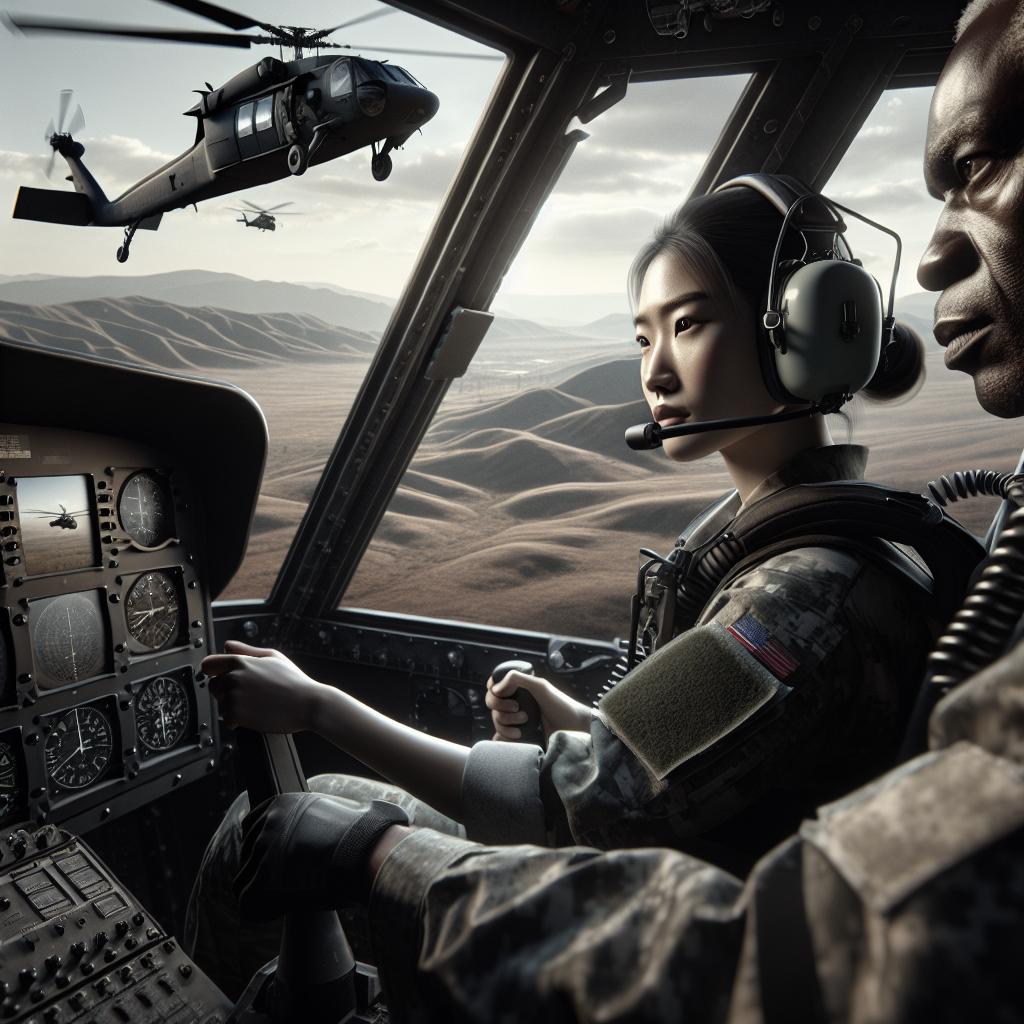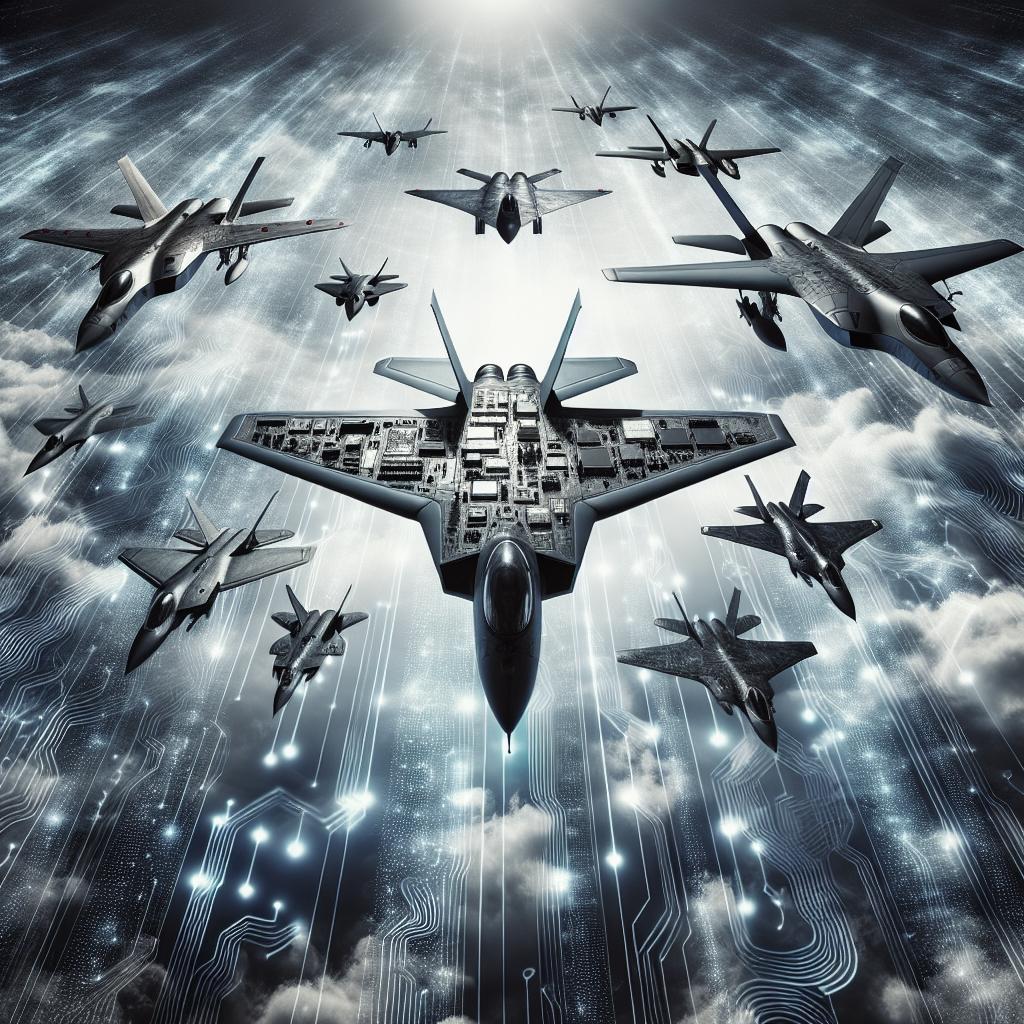“`html
Extreme Fighter Pilot Training: The Ultimate Guide
In the world of aviation, becoming a fighter pilot is considered one of the most challenging and rewarding career paths. Fighter pilot training is a rigorous process that requires physical stamina, mental acuity, and technical expertise. This comprehensive guide will take you through the stages of fighter pilot training, from initial flight education to advanced tactical maneuvers, and highlight the physical, mental, and technical demands of the profession. Whether you’re an aviation enthusiast or considering a career as a fighter pilot, this article provides an in-depth look into what it takes to master the skies.
Phase 1: Initial Flight Training
Becoming a fighter pilot begins with Initial Flight Training (IFT), also known as Undergraduate Pilot Training (UPT). This phase is foundational, focusing on basic flight skills and principles. Trainees start by flying small, piston-engine aircraft to gain a solid understanding of flight dynamics and maneuvers. They learn essential skills such as take-offs, landings, and navigating through different weather conditions, laying the groundwork for more advanced training. Beyond practical flying, initial training includes extensive classroom work. Trainees are expected to master aerodynamics, flight regulations, and safety procedures. The combination of theoretical knowledge and practical experience ensures that pilots have a holistic understanding of aviation. This phase usually lasts for six months to a year, depending on the specific requirements of the military branch or country.
Phase 2: Advanced Flight Training
Once initial training is complete, pilots progress to Advanced Flight Training. This stage involves transitioning from basic aircraft to more complex, high-performance jets. Here, pilots learn to handle the increased speed, maneuverability, and advanced systems of military aircraft. Key skills, such as formation flying, air-to-air combat, and air-to-ground attack tactics, are emphasized during this phase. Advanced training also introduces pilots to the intricacies of operating in both peacetime and combat scenarios. Trainees participate in simulated missions that include dogfighting, precision bombing, and team coordination. The objective is to develop the quick decision-making and situational awareness that are critical for survival and success in real-world combat environments.
Phase 3: Fighter Lead-In Training
Fighter Lead-In Training (FLIT) marks the final preparation phase before a pilot transitions to an operational squadron. This stage specializes in honing advanced tactical skills using aircraft that closely resemble front-line fighters. Pilots practice complex maneuvers, engage in mock combat scenarios, and work on their gunnery skills to prepare for real-life confrontations. Emphasis is also placed on teamwork and communication. Pilots must learn to coordinate with ground control and other aircraft to execute missions effectively. This phase typically includes multiple assessments and simulations designed to test a pilot’s readiness for active duty.
The Physical Demands
Fighter piloting is highly demanding physically, requiring exceptional fitness levels. Pilots must endure high G-forces, which can be physically taxing and affect blood flow, potentially leading to G-induced Loss of Consciousness (G-LOC). To counteract this, pilots undergo rigorous physical training, focusing on cardiovascular health, strength, and endurance. Moreover, pilots must maintain a strict diet and hydration plan to ensure peak physical performance. Regular medical exams are conducted to monitor a pilot’s health status, ensuring they remain fit to fly. Adhering to this regimen helps pilots withstand the extreme conditions experienced during flight maneuvers.
The Mental Demands
The mental fortitude required to be a fighter pilot cannot be overstated. Pilots must exhibit extraordinary situational awareness, quick decision-making, and the ability to remain calm under pressure. Combat situations are unpredictable, and a pilot’s ability to process information rapidly can mean the difference between success and failure. Cognitive exercises and simulations form a critical part of training, designed to enhance mental agility and stress management skills. Pilots are trained in psychological resilience, helping them cope with the high-stress environment of aerial combat. Regular debriefings and mental health support are available to ensure pilots maintain their psychological well-being.
The Technical Demands
Modern fighter jets are equipped with cutting-edge technology, making technical proficiency paramount. Pilots must be adept at using advanced avionics systems, radar, weaponry, and communication tools. Mastery of these systems is vital for mission success and pilot safety. Hands-on training with flight simulators and actual aircraft is essential for developing technical skills. Pilots undergo constant retraining to keep up with new technologies and updates in aircraft systems. Technical aptitude is continually assessed through practical exams and real-world scenarios, ensuring pilots remain proficient in the latest advancements.
Lessons Learned
In summary, becoming a fighter pilot is a multifaceted journey that demands excellence across various domains. The training process comprises initial flight training, advanced flight preparation, and specialized lead-in instruction, each designed to build upon the previous phase. Physical fitness, mental toughness, and technical expertise are fundamental to a pilot’s success. Understanding these diverse demands can offer valuable insights into the rigorous world of fighter pilot training.
| Stage | Focus | Duration |
|---|---|---|
| Initial Flight Training | Basic flight skills, aerodynamics, safety procedures | 6 months to 1 year |
| Advanced Flight Training | High-performance aircraft, combat tactics, formation flying | 6 months to 1 year |
| Fighter Lead-In Training | Advanced tactical maneuvers, teamwork, weaponry | 3 to 6 months |
| Physical Demands | Fitness, endurance, G-force tolerance | Ongoing |
| Mental Demands | Situational awareness, decision-making, stress management | Ongoing |
| Technical Demands | Avionics proficiency, weapon system mastery | Ongoing |
Newsletter
Stay updated with the latest in aviation! Subscribe to our newsletter for more insights into fighter pilot training, military aviation, and technological advancements in the field.
What’s Your Reaction?
We’d love to hear your thoughts! What stood out to you the most about fighter pilot training? Share your opinions and experiences in the comments below.
You May Also Like
The Sea Vixen: A Unique British Fighter Jet
Fighter Jets in Japan: A Glimpse into the Air Power of the Rising Sun
F-18 Pilots in Action: Red Sea Mission
The Fiat G.91: A Story of Technological Ambition and Political Realities
MiG-21: The Aircraft That Changed Western Airpower
NATO Fighter Jets at Iniochos 2024
More From: Airplanes & Space
Republic AP-100: A Hypothetical Air Force Powerhouse
Understanding Air Density in Aviation: A Comprehensive Guide
The Rise and Fall of the SB-1 Helicopter: A Tale of Innovation and Political Intrigue
The Abandoned Airplane: A Story of Broken Promises and Unfulfilled Potential
The Fascinating World of Helicopters: From Design to Flight
The Amazing World of Flight: Exploring the History of Aviation
Don’t Miss
Understanding PPM And Air Quality: Ensuring Safety Through Accurate Measurement
F-16 Fighting Falcon vs Eurofighter Typhoon: A Comparison of Fighter Jets
Understanding Taxonomy: The Classification System of Carl Linnaeus
Fate, Family, and Oedipus Rex: Crash Course Literature 202
The Amazing World of Fungi: A Look at Their Roles and Importance
The Fascinating World of Fungi: A Look at Their Roles and Importance
“`


